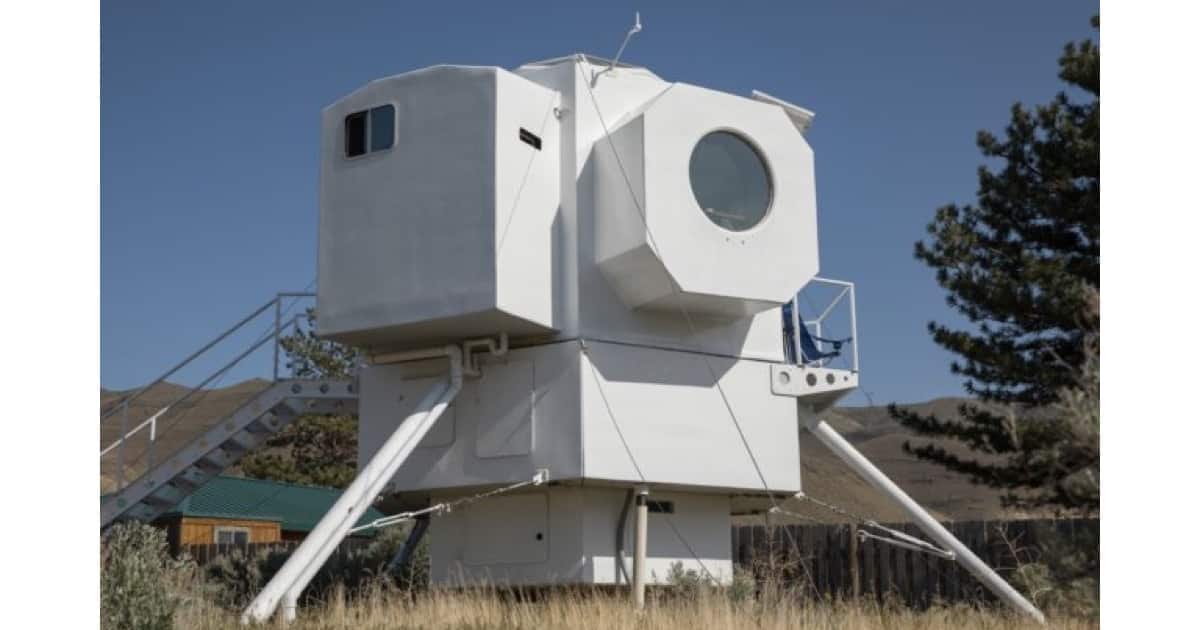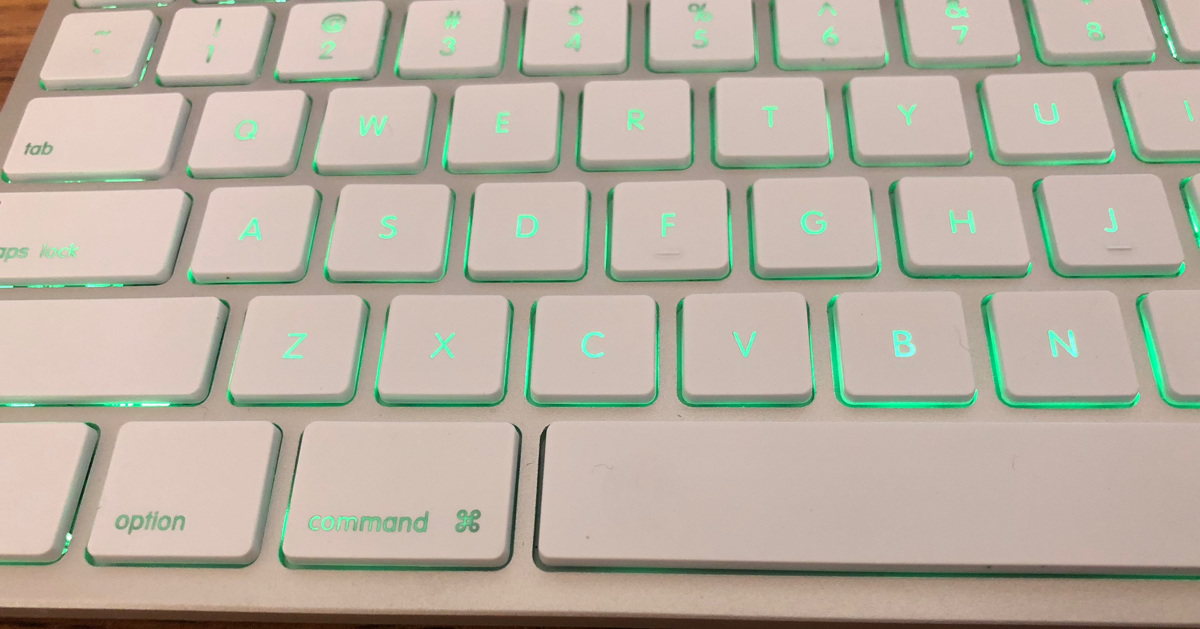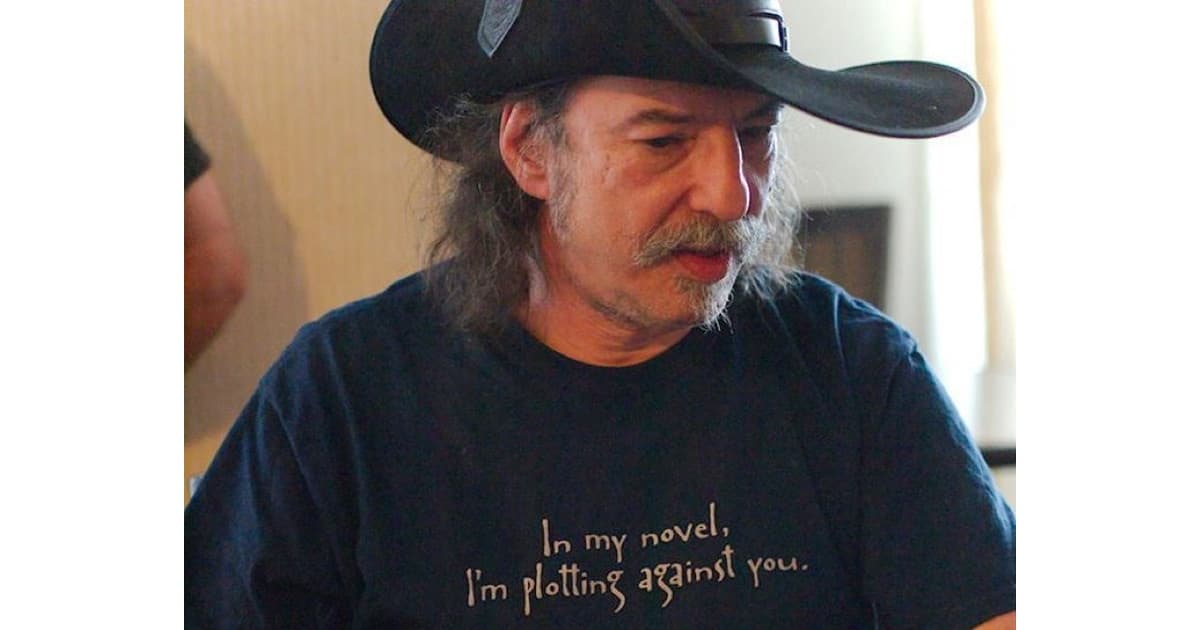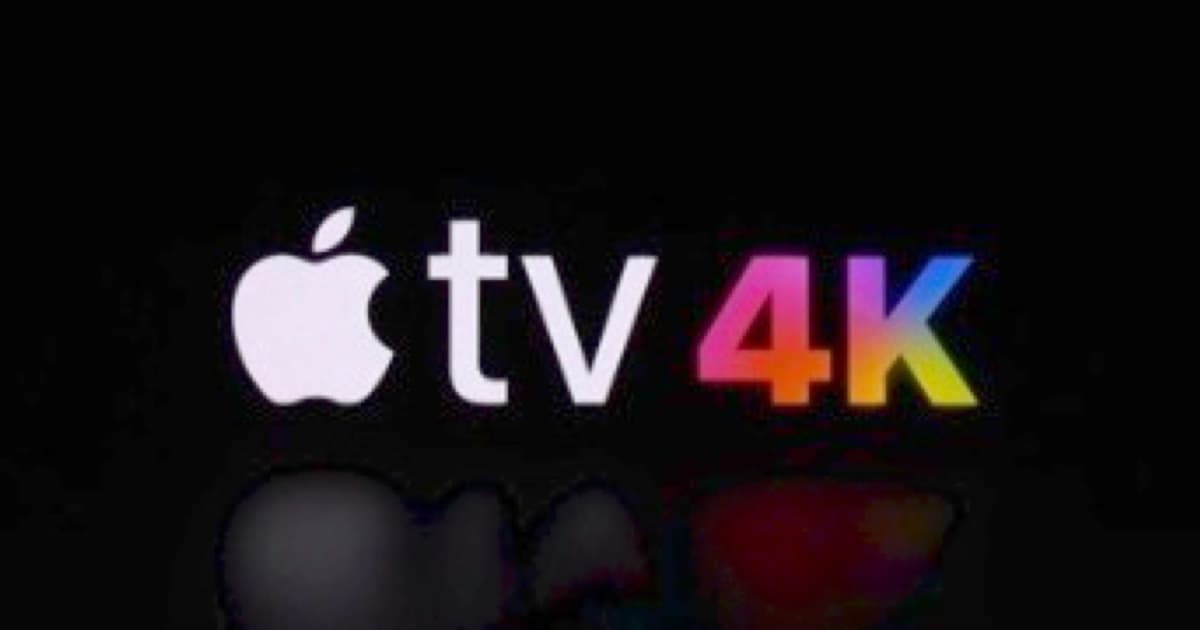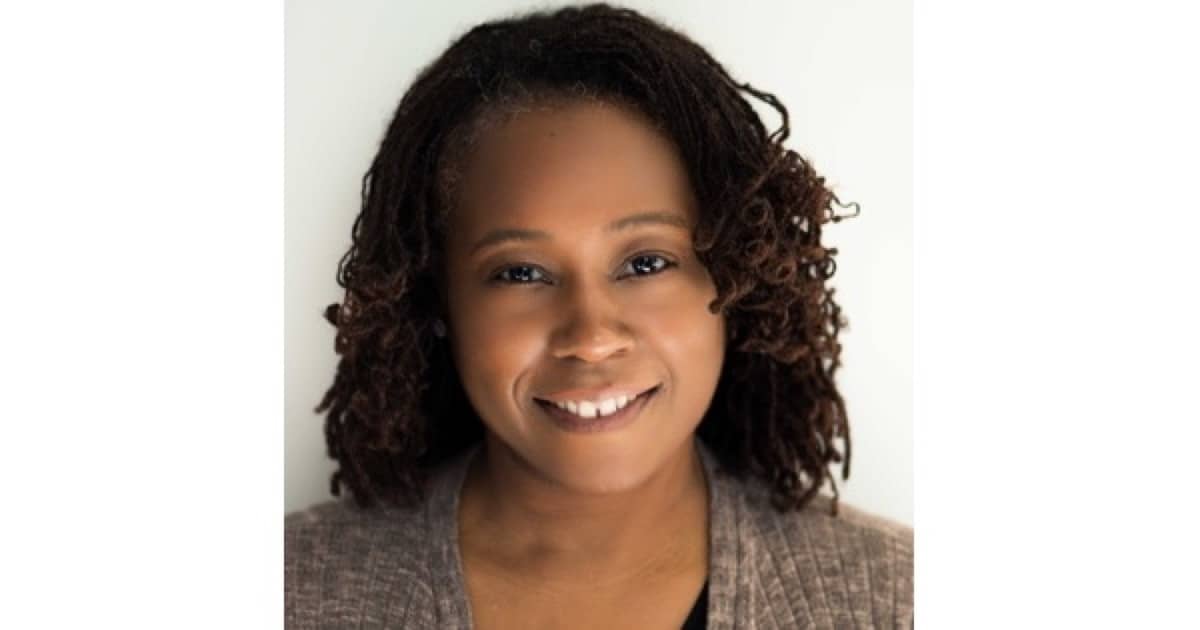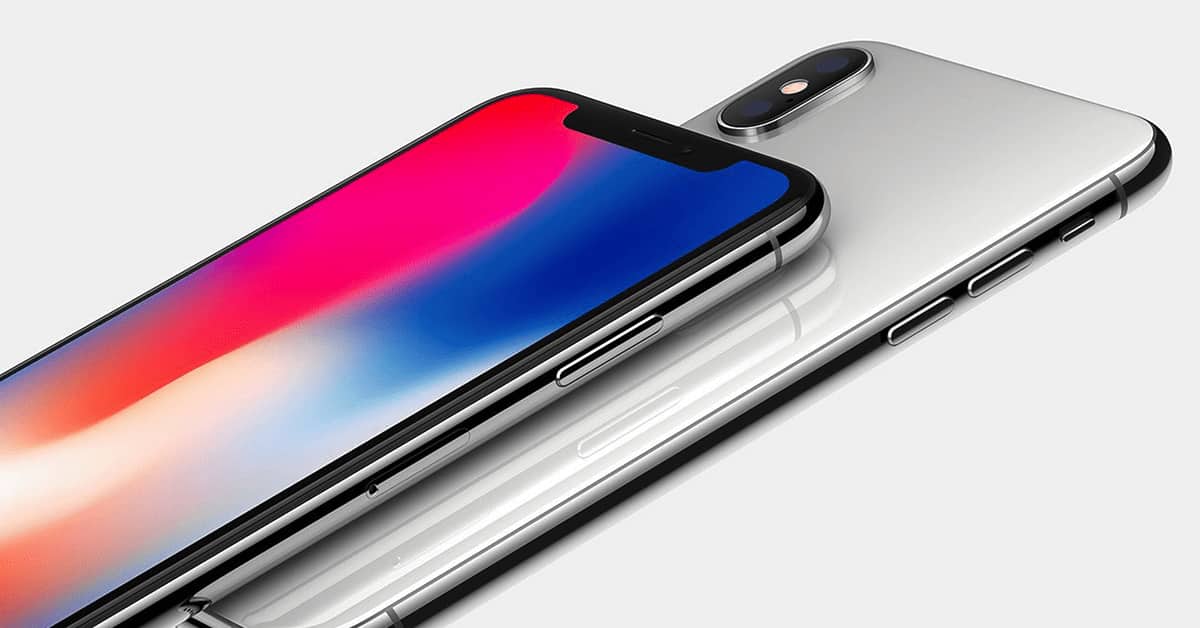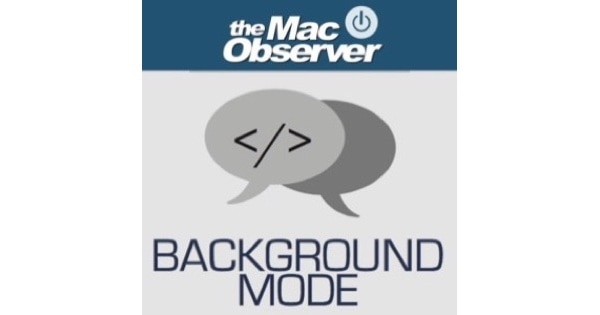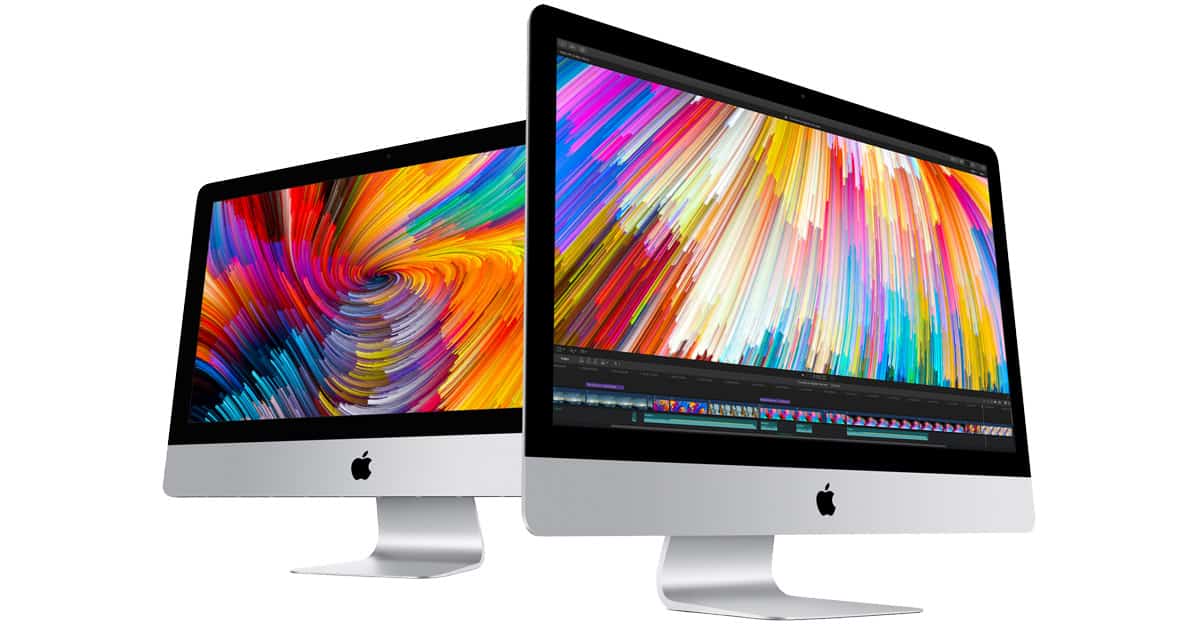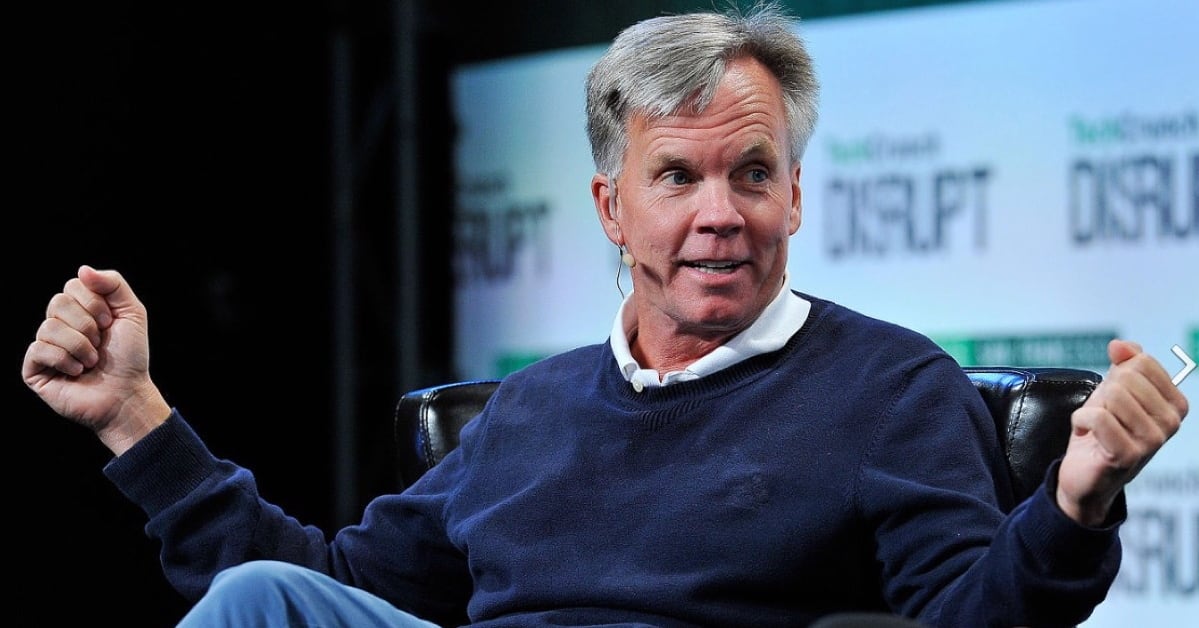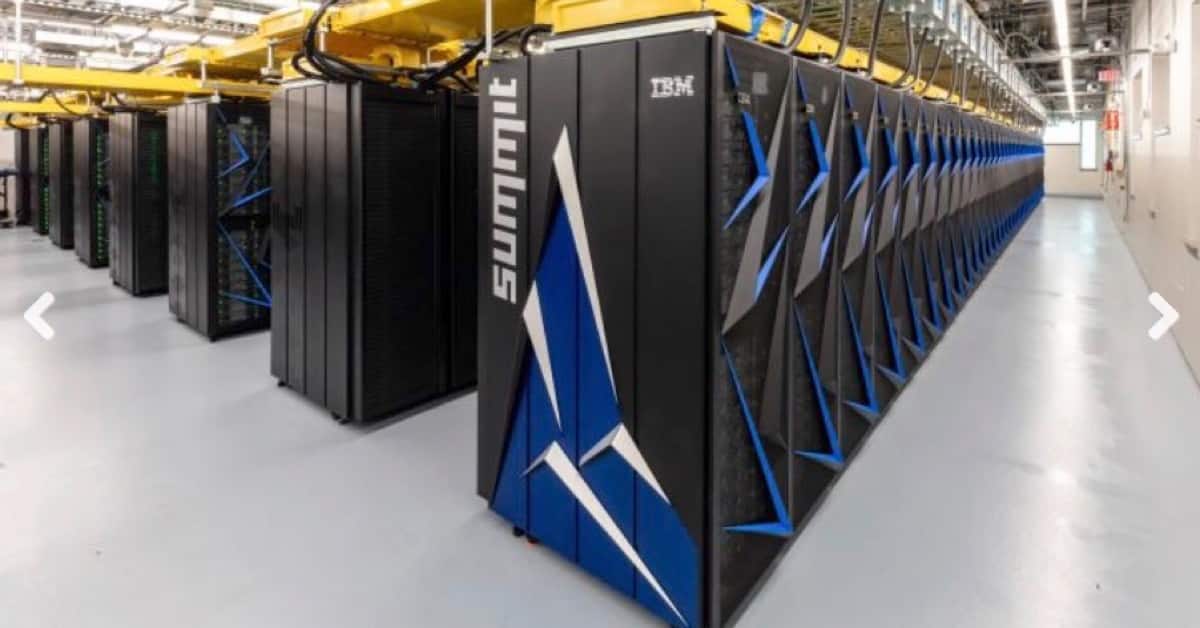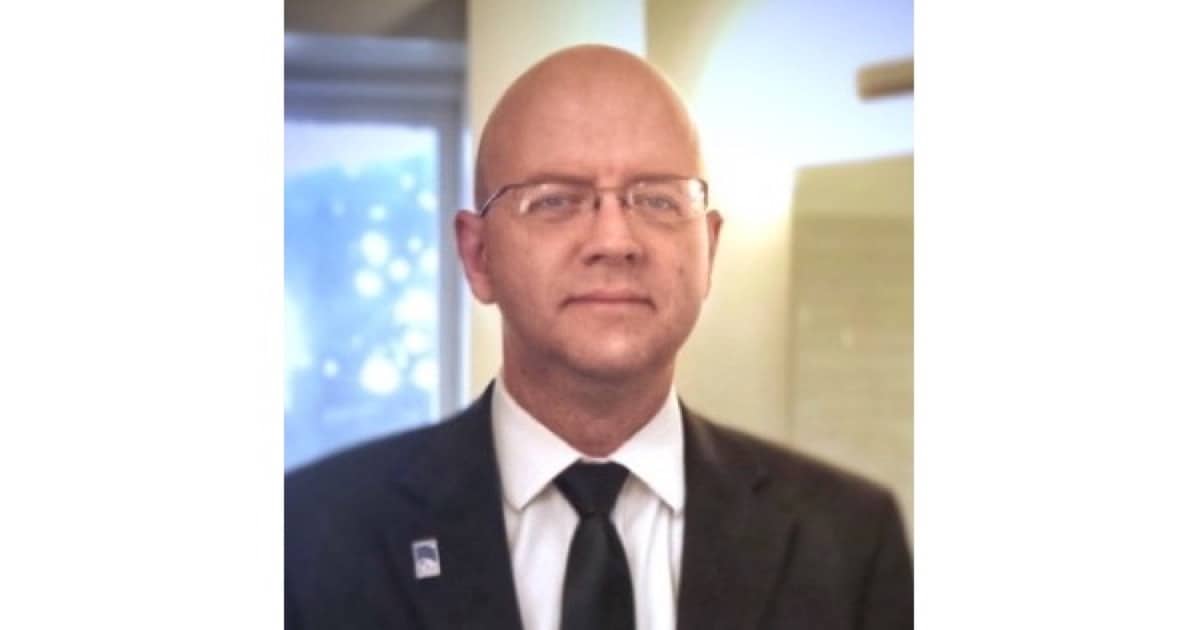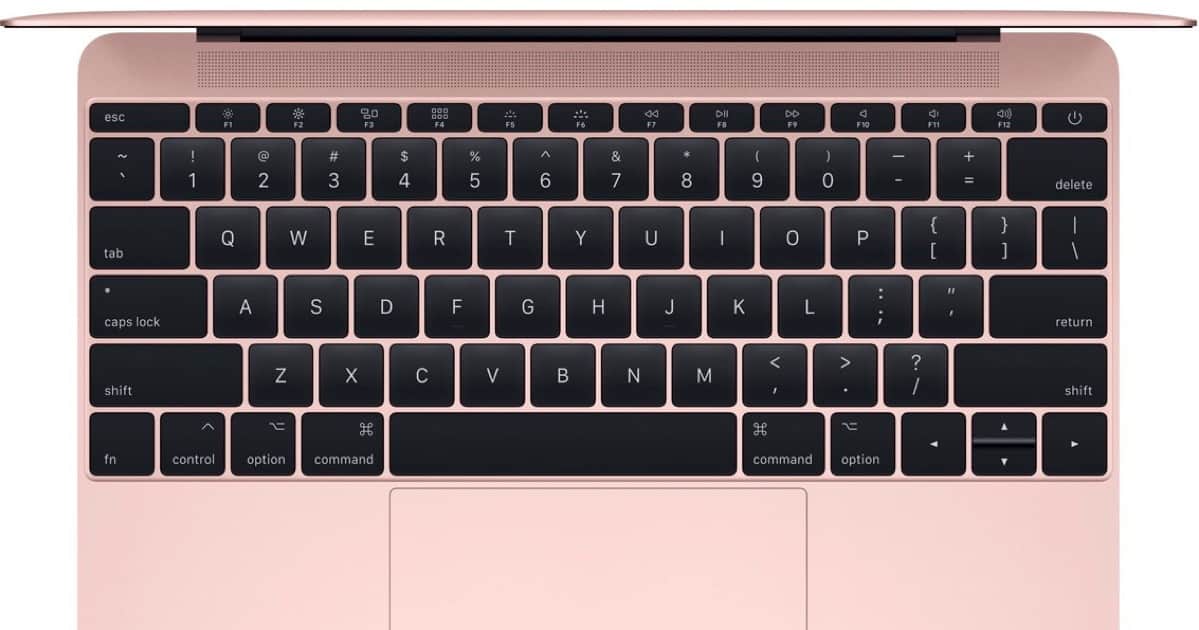We live in our iPhone. Almost. And every day, we use the wireless communication technologies called 4G and LTE. But what do those terms really mean? What’s the difference between them? How do we interpret our iPhone’s display? This article nicely explains it all. It’s an easy-to-read primer on the tech we use every day

John Martellaro
John Martellaro was born at an early age and began writing about computers soon after that. With degrees in astrophysics (B.S.) and physics (M.S.), he has worked for NASA, White Sands Missile Range, Lockheed Martin Astronautics, the Oak Ridge National Laboratory and Apple. At Apple he worked as a Senior Marketing Manager, a Federal Account Executive and a High Performance Computing manager. His interests include chess, science fiction and astronomy. John is the host of the TMO podcast Background Mode.
Articles by John Martellaro
Awesome Tiny House Built in Style of Lunar Lander
Kurt Hughes, in Seattle, has used his boat design experience to construct a 250 square foot (23 square meter) tiny house in the style of the lunar lander used in the U.S. Apollo program. It features a kitchenette, breakfast alcove (with a view), bathroom and sleeping quarters. The home will be used for “weekend trips and creative respites.” The photos are great, so take a look.
The 'Star Wars Home' in South Carolina is for Sale
What can I say? You’ll just have to go look at the photos of this house on the beach in South Carolina. It was specially designed, by virtue of its shape, to be hurricane resistant. But the interior? OMG cool. Thanks to Business Insider for the glimpse. And photo credit: Michael Royal/Pareto Real Estate. Now. Where did I misplace that $5 million?
Understanding and Fixing the APFS Container Bug in macOS Disk Utility
When formatting an external device in preparation for macOS High Sierra (or the public beta of Mojave), an odd display bug can appear. John explains.
There's a New Wi-Fi Standard Coming, and It's Much More Secure
The current W-iFi protocol we all use, WPA2, isn’t considered very secure these days. It badly needs to be upgraded. And that’s going to happen in late 2019 with WPA3. This article explains the problems with WPA2 and how WPA3 will fix them. Excerpt.“If you ask virtually any security person, they’ll say don’t use Wi-Fi, or if you do, immediately throw a VPN connection on top of it,” says Bob Rudis, chief data officer at security firm Rapid 7. “Now, Wi-Fi becomes something where we can say hey, if the place you’re going to uses WPA3 and your device uses WPA3, you can pretty much use Wi-Fi in that location.” That will change everything. The Wired article fills us in.
Why We Won't Be Giving Up Our Mac's Keyboard Anytime Soon
AI agents are often identified as the next I/O device, supplanting our traditional keyboards. John thinks the keyboard will actually be around for a long time to come.
Ride Along With a Space Probe As it Crashes Into a Comet
In September 2016, the European Space Agency’s (ESA) Rosetta space probe crashed into comet 67P/Churyumov-Gerasimenko. Here’s a video from the spacecraft’s camera as it approaches. It shows the comet’s surface up close as Rosetta plunges in. (Courtesy Digg.) It’s very cool.
TMO Background Mode Interview with Science Fiction Novelist Steven Brust
Steven Brust is a popular science fiction author with 31 novels to his credit. He’s known for the Vlad Taltos series as well as the Khaavren romances. He’s also a musician: drummer, guitarist and banjo player, and he has a solo record out, A Rose For Iconoclastes. Like many writers, as we pondered on the show, he has a cat. We chatted about his early career as a computer programmer and the life-changing event that launched him into writing science fiction. Steven’s career has been filled with a fortunate series of happenstances, “luck,” both in the cover art of his novels and his choice of themes. Inspired by Roger Zelazny’s Lord of Light, Steven writes what he’d love to read himself, and that has worked amazingly well. You’ll enjoy our chat about all things science fiction.
Analysis: Amazon's Plans for a Family Robot
Back in April, we learned that Amazon is working on a family robot. Now, LoupVentures has gone into considerable detail in its analysis of this project. In part: “Amazon’s robot could open up new market opportunities. According to The Information, Amazon has considered offering home insurance. By having real-time monitoring of homes, the Amazon robot could monitor and notify a human in instances of theft, fire, or in-home hazards (i.e. an infant wondering near stairs), thereby mitigating the cost of a claim and lowering premiums. Lastly, Amazon has highlighted they want to deliver packages to your home when you are not there. We feel consumers would be more comfortable letting couriers into their homes if a robot could monitor the drop-off.” Are you ready?
Internet TV is Booming, Overtaking Conventional TV
We know that Internet TV is booming. And yet the interesting fact is that conventional TV viewing isn’t dropping in proportion. It’s dropping only a little. That means that the sum of the two, in daily viewing hours, is increasing. It also explains why cord-cutting is often pooh-poohed as minor. Something’s keeping those cable TV subscriptions fairly attractive. No data caps? Local news and sports? DVR capability? The chart doesn’t explain; it just shows the data. Very interesting indeed.
Just How REALLY Big Are The SpaceX Rockets?
Because of they way they’re photographed, we don’t often get a good perspective on how big modern rockets are. For example, the SpaceX Falcon 9 is 230 ft (70 meters) tall. The SpaceX BFR rocket is 348 ft. (106 meters) tall. What does that really mean in everyday terms? In this video, a VFX artist, with great style, puts the size of these rockets into perspective for us. (Those who’ve been to the Kennedy Space Center in Florida will understand.)
Some Very Cool Images from Space
Here’s a nice collection, “The Week’s Coolest Space Images.” From spectacular dunes on Mars to the Guatemala volcano eruption. photos like these help us visualize and tell a story that can’t be appreciated with just words. And they also punctuate the importance of satellites that can observe the surface of planets. Not to mention the science. Check it out.
macOS Mojave: the Complete Reference
Particle Debris page 2 highlights two articles that provide a detailed review of macOS Mojave features. Afterwards, it’ll be clear that Apple has done an amazing job with this new version of macOS. I call it the “wow-factor.”
TMO Background Mode Interview with Georgia Tech Roboticist Dr. Ayanna Howard
Dr. Ayanna Howard is a professor of Interactive Computing, Georgia Institute of Technology. She’s also in the School of Electrical and Computer Engineering. Ayanna received her Ph.D. in Electrical Engineering from the University of Southern California. I asked Ayanna how she became inspired by robot technology. Like many of us, it was via science fiction on TV. In graduate school, robotics was still immature, so she wisely elected to pursue electrical engineering. Her first job was at NASA’s Jet Propulsion Laboratory (JPL) working on vision, fuzzy logic, and neural network methodologies. Today, she leads her students in the areas of assistive robots in the home, therapy gaming apps and remote robotic exploration of extreme environments. Our discussion covered the whole field of robotics, so tune in and hear all about the state-of-the-art from an accomplished roboticist.
iPhone X Shipments Continue to Dominate
Was there ever any doubt? Apple CEO, Tim Cook, has been maintaining all along, since it shipped, that the iPhone X is the best selling iPhone. But it’s also killing the competition as well. Business insider reports: “Thanks to the iPhone X and the iPhone 8, recent estimates show that Apple once again holds the top two spots for the most-shipped smartphone models in the world, debunking reports that demand for the iPhone X was lacking.” And here are the numbers. Oh, and by the way, the iPhone 8 was #2 for 1Q 2018. Not bad.
Apple May Be Ready to Unleash a Slew of New Macs
Events and portents suggest that Apple may be finally ready to refresh a good part of its Mac lineup.
macOS Mojave Has a 64-bit DVD Player App
One of the things we’re doing lately is identifying our 32-bit apps in macOS High Sierra. Apple has said that High Sierra is the last macOS that will run 32-bit apps without compromise. Mojave is the last version of macOS that will run 32-bit apps at all. And so, as we check our systems, (here’s how) planning ahead and identifying our 32-bit apps, the first thing we often notice is a 32-bit DVD player. Oh, no! What will we do? Jonny Evans has the scoop in the link below. By the way, this all refers to watching video content on DVDs with the player. It as nothing to do, so far as I know, with the Finder’s ability to mount and read data DVDs.
Recent, Notable Guests on TMO's Background Mode Podcast: John Lunn, Katharine Nester
John has had some very interesting and inspiring guests on his Background Mode podcast recently. Here are a few in case you missed them.
Where Shall Apple Take the Mac Next?
The Macverse is bursting at the seams waiting for new Macs. A Mac specific event seems called for. Here’s what John would like to see.
Sizing Up Ron Johnson's Work, After Apple, at JCPenney
Ken Segall, at The Observatory, takes retrospective look at Ron Johnson’s tenure as CEO of JCPenney. Recall Ron Johnson was Apple’s SVP of Retail Operations at Apple from roughly 2000 to 2011 and is believed to have been a major force in the success of Apple’s retail stores. In 2011, he was enticed to take the CEO position at JCPenney. Author Segall looks at how two CEOs did after Johnson was forced out in 2013. It’s a sparkling, fascinating look, in hindsight, about what Johnson tried to achieve, why he failed and why his successors also failed.
Fastest Supercomputer on Earth Now at Oak Ridge National Laboratory
For several years now, Chinese supercomputers have been the fastest in the world. The list of the fastest supercomputers, at Top500.org, had been showing the U.S. falling behind. Recently the Oak RIdge National Laboratory (ORNL) in Tennessee announced that the new, IBM-built “Summit” supercomputer is capable of 200 petaflops. By comparison, a modern, fast desktop PC is in the teraflop class, making Summit about 200,000 times faster. ORNL’s release noted that uses for the machine include: “machine learning and deep learning to problems in human health, high-energy physics, [and] materials discovery. Summit allows [the Dept. of Energy] DOE and ORNL to respond to the White House Artificial Intelligence for America initiative.”
TMO Background Mode Interview with IDA Astronomer Dr. John Barentine
Dr. John C. Barentine is an astronomer, historian, author and science communicator. He is currently the Director of Conservation for the International Dark-Sky Association (IDA) in Tucson, Arizona. He earned his master’s degree in physics at Colorado State University and his Ph.D. in astronomy at the University of Texas at Austin. Throughout his career, he’s been involved in education efforts to help increase the public understanding of science. We started with a brief segment on his early career as a observing specialist at Apache Point Observatory in New Mexico. In the second segment, we chatted about his work at the IDA in Tucson, the organization, its goals, and why it’s so important for all of us who live on planet Earth to be able to look up on a clear night and see stars.
TMO Background Mode Interview with Freelance Tech Journalist Rob Pegoraro
Rob Pegoraro is a freelance technical journalist who writes about interesting problems and possibilities in consumer technology. Previously, he was a technical columnist for the Washington Post from 1999 to 2011. Lately he has written for Yahoo Finance, USA Today and The Wirecutter. Rob graduated from Georgetown University’s School of Foreign Service in 1993 with a degree in international relations without taking a single course in journalism or computer science. But along the way he discovered his real talent: learning new things about computer tech and then explaining it to readers. Rob told me how his time with the Washington Post was both rewarding but also prepared him for a better family life as a freelancer. We chatted about Google I/O 2018, the Android platform, his writings about the FTC, the GDPR, 8KTV, and his recent DIY update of his 2009 iMac.
How Apple Might Approach an ARM-based Mac
Recent reports suggest that Apple may be working on a hybrid Mac, one that has a touchscreen and also runs iOS apps. Just how, exactly, would this work?

